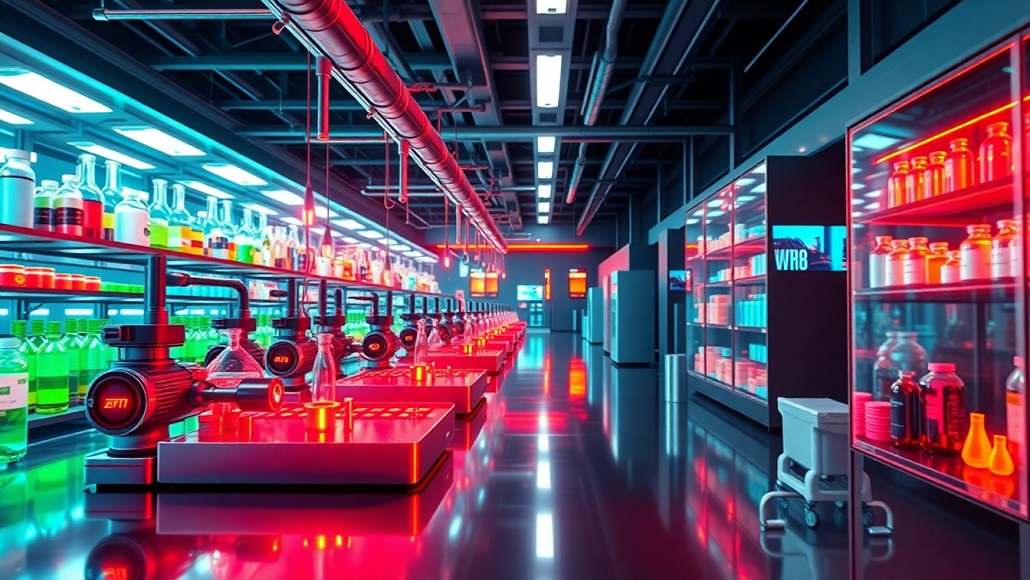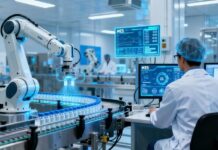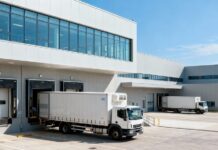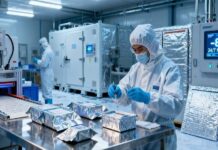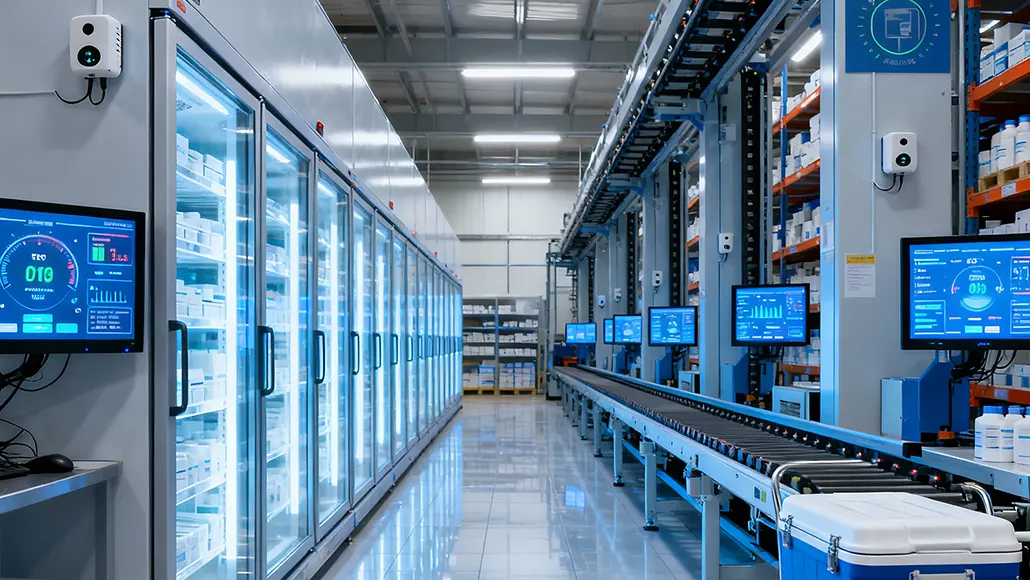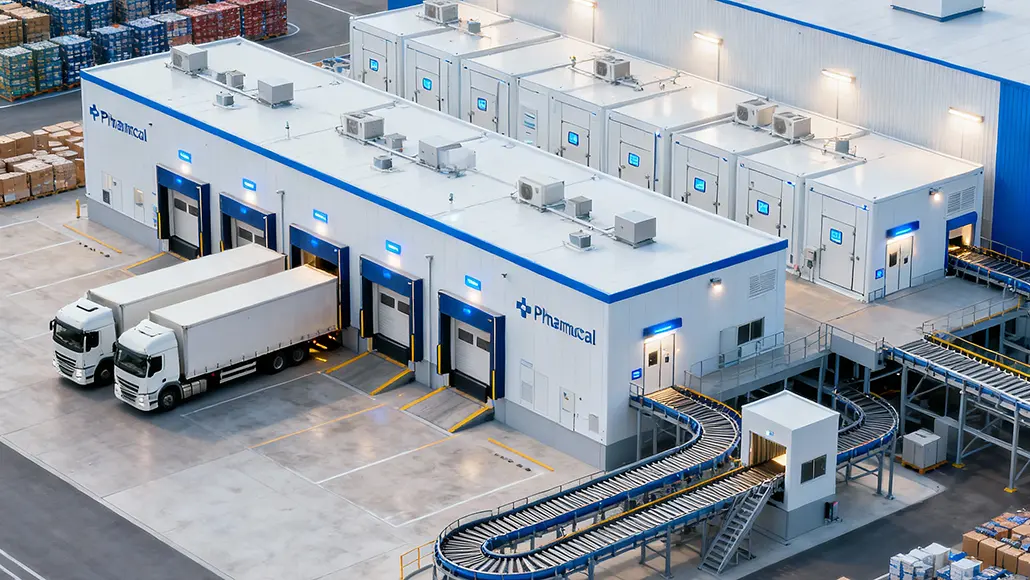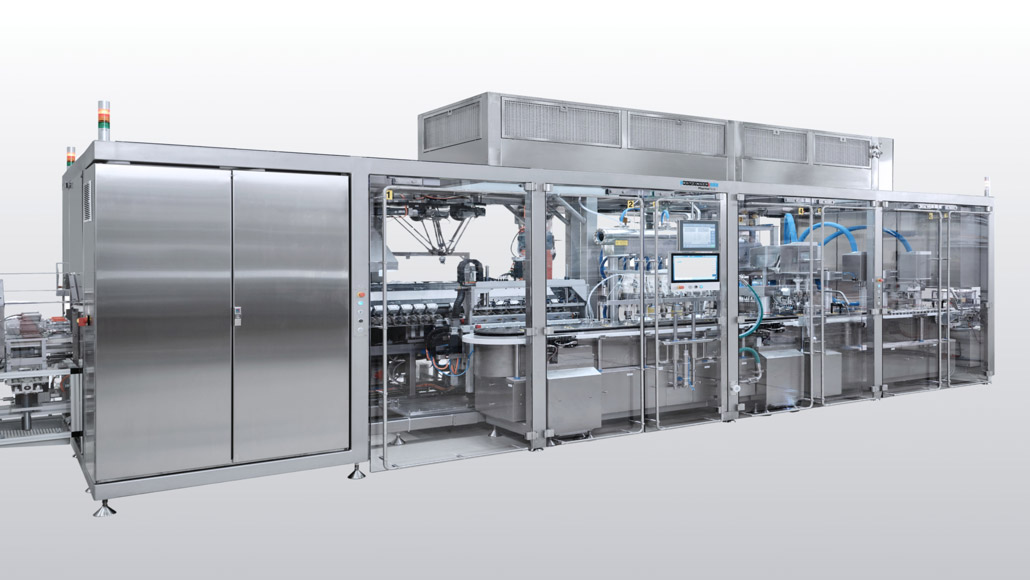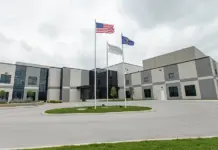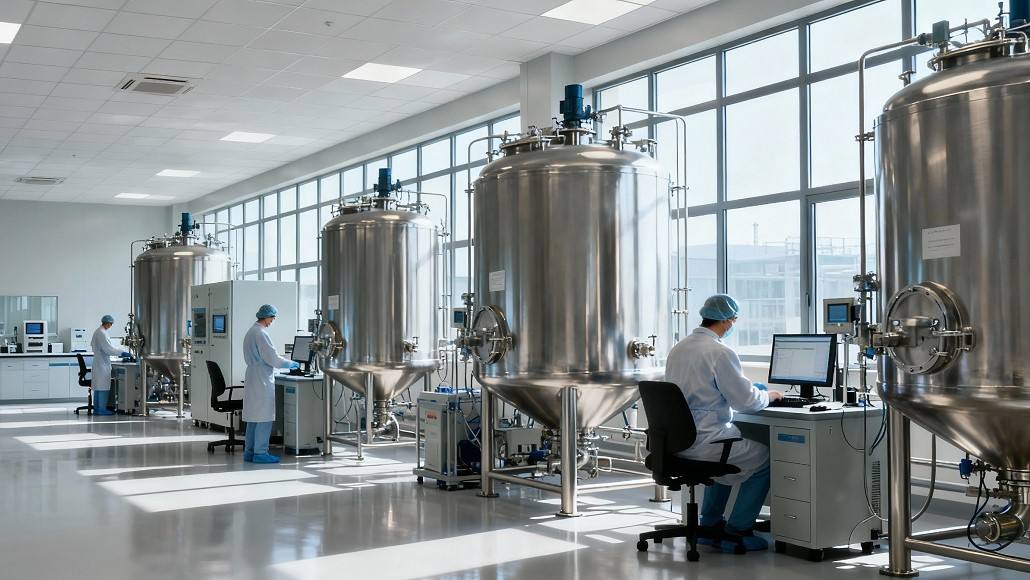The biopharmaceutical manufacturing sector stands at a pivotal juncture, driven by unprecedented demand for biologics, biosimilars, and advanced therapeutic modalities. As the global biosimilar and biologics market expands from USD 561.7 billion in 2025 to a projected USD 1,157.4 billion by 2035, representing a robust CAGR of 7.6%, pharmaceutical companies are responding with substantial capital investments to scale manufacturing capacity and embrace transformative technologies. This surge reflects both the commercial imperative to meet rising patient demand and the strategic necessity to maintain competitive advantage in an increasingly complex therapeutic landscape.
The Capacity Expansion Imperative
Biopharmaceutical manufacturing growth is fundamentally reshaping how companies approach production infrastructure. Major pharmaceutical leaders have announced extraordinary capital commitments to expand their manufacturing footprint globally. AbbVie’s USD 223 million expansion of its Singapore biologics facility, adding 24,000 liters of drug-substance capacity while creating over 100 new positions, exemplifies this trend. Similarly, Amgen’s USD 365 million investment in its AI-enabled biomanufacturing facility in New Albany, Ohio, represents a deliberate pivot toward automated, data-driven production systems designed to optimize performance in real-time.
These capacity additions address a fundamental market reality: the global biosimilars market alone grew from USD 32.75 billion in 2024 to USD 35.04 billion in 2025 and is projected to advance at a resilient CAGR of 7.5% through 2035. India’s biosimilars market exemplifies particularly aggressive growth, expanding at a compound annual growth rate of 19.89% as the country positions itself as a global manufacturing hub for affordable, high-quality therapeutics. In response, companies like Thermo Fisher Scientific have established bioprocess design centers in Hyderabad to accelerate development and manufacturing capabilities across the Asia-Pacific region.
The geographic distribution of these investments reveals strategic thinking about supply chain resilience and market proximity. North American facilities now dominate new construction, with investments concentrated east of the Mississippi, while Europe and Asia remain roughly tied in terms of biopharmaceutical manufacturing capability expansion. This distributed approach mitigates geopolitical risk while positioning manufacturers closer to key markets and regulatory centers.
Technological Innovation Driving Manufacturing Excellence
Biopharmaceutical manufacturing growth relies fundamentally on technological advancement. Single-use bioreactor systems have emerged as transformational enablers of this expansion, offering flexibility that traditional stainless-steel infrastructure cannot match. Kemwell Biopharma’s strategic deployment of single-use bioreactors at 100L, 200L, and 1,000L scales demonstrates how these technologies accelerate process scale-up and support preclinical toxicology batch production for early clinical trial supplies.
Artificial intelligence and machine learning are revolutionizing manufacturing optimization. Novartis has pioneered AI-driven analytics that monitor production in real time, detecting quality issues before they become costly problems and reducing waste while minimizing human error. This represents a fundamental shift from reactive quality control to predictive quality assurance—a transformation that reduces defects, improves batch success rates, and accelerates time-to-market for critical therapeutics.
Modular facility design represents another critical innovation reshaping the biopharmaceutical manufacturing landscape. These flexible production units can be rapidly reconfigured to accommodate different products, therapeutic modalities, or production scales. Such adaptability proves particularly valuable as the industry transitions toward personalized medicine, cell and gene therapies, and emerging modalities that demand specialized handling and containment protocols.
Manufacturing Execution Systems (MES) platforms have become fundamental infrastructure for modern biopharmaceutical facilities. These digital solutions replace traditional paper-based batch record systems with real-time monitoring, electronic batch records, and automated compliance tracking. By providing comprehensive process visibility and traceability, MES platforms enable pharmaceutical manufacturers to maintain stringent regulatory compliance while optimizing resource utilization and reducing production time. The integration of advanced analytics within MES systems empowers manufacturers to identify inefficiency patterns, facilitate continuous improvement, and make data-driven decisions that enhance both operational efficiency and product quality.
Workforce Transformation and Skills Development
The technological sophistication of modern biopharmaceutical manufacturing growth introduces acute workforce challenges. McKinsey research indicates that more than 80 percent of pharmaceutical manufacturing companies face significant skill mismatches, with demand for data analysts, data scientists, and specialized bioprocess engineers outpacing available supply by a factor of four. This talent gap threatens manufacturing expansion plans and necessitates proactive workforce development strategies.
Pharmaceutical executives perceive only a fraction—approximately 10 percent—of the disruption that frontline manufacturing employees report experiencing directly. This perception gap underscores the urgency of comprehensive reskilling programs that address digital literacy, advanced analytics competency, and bioprocess engineering expertise across the existing workforce. Early industry leaders have established tailored, cross-functional centers of excellence specifically designed to reskill workers, transforming operational staff into technology-enabled manufacturing professionals capable of managing sophisticated production systems.
The anticipated job market transformation will be dramatic. Within ten years, pharmaceutical manufacturing could see approximately 90,000 jobs disappear through automation while simultaneously creating 90,000 to 120,000 new positions requiring fundamentally different skill sets. This creates both crisis and opportunity: companies that successfully navigate this transition will secure competitive advantage, while those that fail to invest in workforce development risk operational disruption and talent retention challenges.
Academic partnerships represent critical infrastructure for developing the bioprocess engineering talent pipeline. Universities offering specialized programs in bioprocess engineering, digital manufacturing, and regulatory science provide essential foundational training, while industry-sponsored internship and apprenticeship programs create pathways into increasingly sophisticated manufacturing roles. Strategic investments in these educational partnerships directly support biopharmaceutical manufacturing growth by ensuring adequate supply of qualified professionals.
Regulatory Alignment and Compliance Evolution
Regulatory bodies increasingly recognize that manufacturing innovation demands adaptive regulatory frameworks. The FDA, European Medicines Agency, and Japan’s Pharmaceuticals and Medical Devices Agency are implementing risk-based, data-driven approval systems that enable faster regulatory clearance for manufacturing process innovations. This regulatory evolution removes traditional barriers to technology adoption, allowing companies to implement efficiency-enhancing innovations without sacrificing compliance.
Continuous manufacturing represents a frontier technology where regulatory flexibility proves particularly valuable. By transitioning from batch-based production to continuous process flows, manufacturers can dramatically reduce production time, minimize inventory holding, and improve product consistency. These systems require sophisticated process analytics and real-time quality monitoring—capabilities that modern MES platforms and AI systems now provide reliably.
Looking Forward: Integration and Acceleration
Biopharmaceutical manufacturing growth reflects a fundamental industry transformation driven by multiplying demand for biologics, advancing technological capabilities, and strategic capital deployment. Companies successfully executing this transition will integrate advanced automation, digital process control, AI-driven optimization, and modular facility design while simultaneously investing in comprehensive workforce development. Those that fail to embrace this integrated approach risk competitiveness loss and capacity constraints precisely when the market demands maximum production flexibility and reliability.
The convergence of technological innovation, regulatory adaptation, and strategic investment indicates that the next decade will witness unprecedented expansion of global biopharmaceutical manufacturing capacity. Success requires sustained commitment to process innovation, organizational adaptability, and workforce development—investments that position leading companies to capture significant market opportunity while advancing global therapeutic access and patient outcomes.







